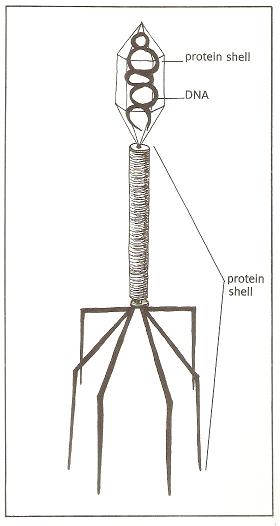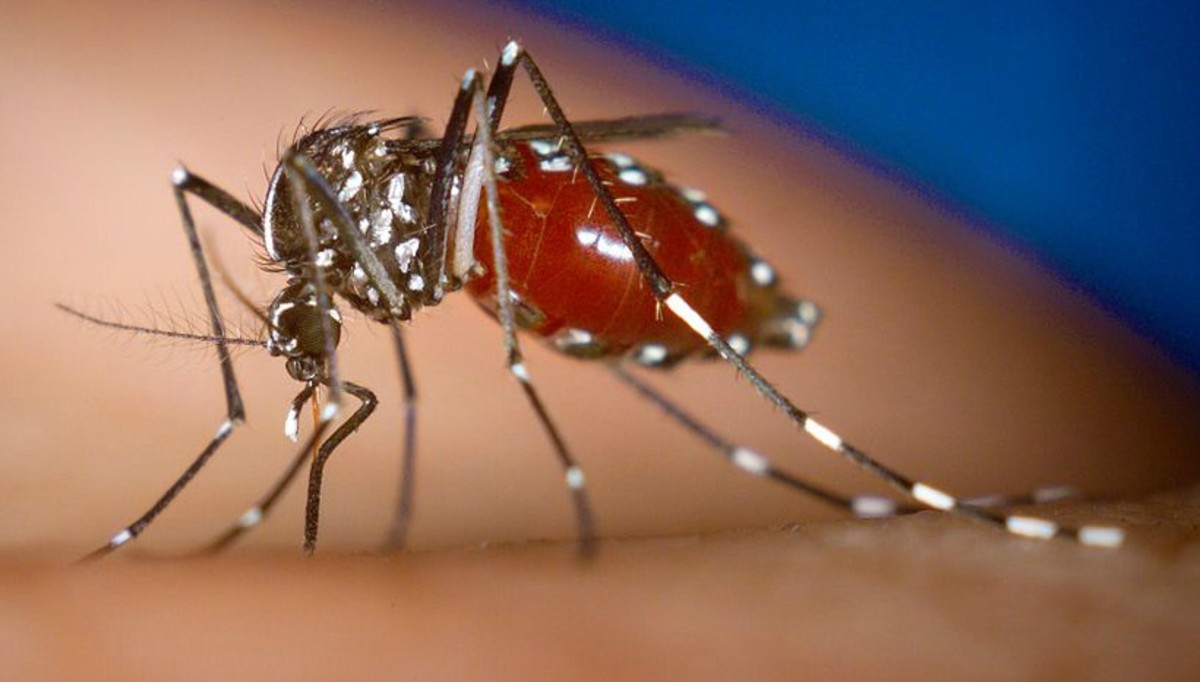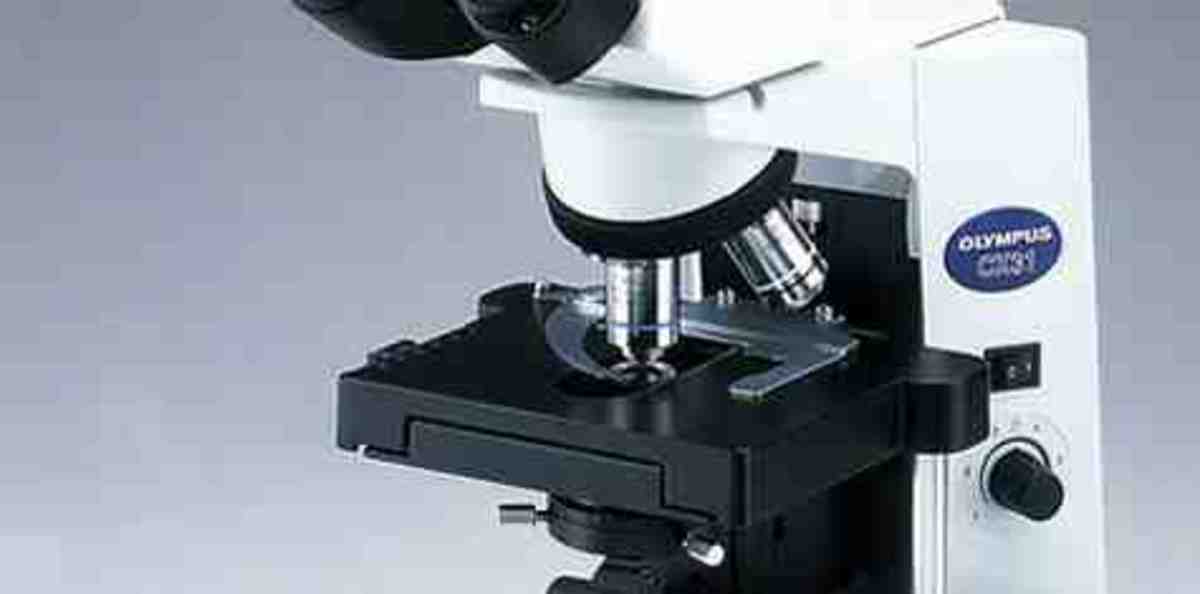Heredity in Susceptibility to Human Immunodeficiency Virus
Diagram of a virus that belongs in retrovirus, the family of HIV

An inherited mutation makes for susceptibility to HIV
Let us approach this topic the way we climb a mountain to reach its peak. That is, start slowly at the foot then ascend.
“Human immunodeficiency virus (HIV) is a lentivirus (a member of the retrovirus family) that causes acquired immunodeficiency syndrome (AIDS)” (Wikipedia). AIDS is a dreaded disease because there is no known reliable treatment or cure. We hear that it can be transmitted by human fluids. It can also be transmitted through the blood especially like in transfusion, and even by means of recycled syringed that had been previously used on a fellow with HIV. The human immune system has no defense against it, unlike colds that is also caused by virus.
What is a virus?
A virus is a very small thing. It cannot be seen by the naked eye, or by the optical microscope. Its size and shape can be reconstructed from images obtained by the electron microscope. This microscope does not use light that we know that enables us to see a chicken egg. This microscope uses electromagnetic waves that are shorter than the virus. If the electromagnetic waves were longer than the virus, they would not strike the surface of the virus but curve away from it.
Shorter electromagnetic waves can be created by means of intermittent electric pulses, according to Simon Ramo, inventor of the electron microscope (Ramo, S. Ph.D. Science in Business). Thanks to Ramo, we have a device with which to reconstruct the shape and size of virus.
A virus is not a living thing. It is not dead either. That is, if we compare it with a human being who has several cells or to the one-celled bacteria. A virus is not a cell. It is either a RNA (ribonucleic acid), a message, or a DNA (deoxyribonucleic acid), the heredity material. As layman we may say that a bacteria eats food, that it gets from other living things. Those robbed of food get sick, almost always.
Let us digress a little bit deeper; this is optional reading though. DNA contains the information code that consists of three nucleotides in sequence (Cummings, M. Human Heredity. Principles and Issues. 2009). For example: AGTC for one nucleotide; ATCG for the second nucleotide; GTCA for the third nucleotide. A means adenine, G means guanine, T means thymine, C means cytosine. The sequence is important. One sequence for one information; another sequence for another information. The sequence is fixed by nature or mutation. It cannot be tampered with once it is formed. RNA carries this information code to induce the manufacture of a protein, like insulin, or hemoglobin. This shows that DNA and RNA must work together.
We will focus on how virus makes human beings sick. Take the dengue virus that causes dengue fever. It is a RNA virus. It attacks humans and bacteria, like salmonella, the cause of typhoid fever. That is why it is also called bacteriophage or phage for short.
A virus comes alive inside a living host
The dengue fever virus when it comes into contact with salmonella gets inside this bacteria. (We will use bacteria for singular and plural). What could be its primary purpose? To make use of the DNA of salmonella. Dengue virus, being an RNA cannot multiply by itself. It needs a DNA for that purpose; it is a retrovirus. In a way, dengue virus commandeers the DNA of salmonella. Now RNA and DNA together enables the dengue virus to multiply. One salmonella duplicates itself, now with dengue RNA. The duplicates are virtually dengue virus. The duplicates duplicate themselves, thus make for growth. A dengue virus duplicates every 20 minutes. An individual salmonella is enclosed by a capsule that will break up owing to overpopulation of DNA-dengue RNA virus. (Virus is being used in the singular and plural sense.) The dengue RNA-DNA disrupts the work of normal cells. They also produce poisons and deprive normal cells of folic acid necessary for duplication. Such disruption, poisons and deprivation result in disease.
A virus that has gained the ability to multiply and infect is alive, according to Dr. Jonas Salk who lead the team that developed the Salk vaccine against polio. I have three Hubs on this topic, like "Salk vaccine: How the shape and size of killed poliovirus incite immunization.".
These new virus have now grown into thousands of individuals that spread and infect hitherto healthy salmonella. If the same process happens in a human being, thousands of hitherto healthy cells would be infected. (I have a Hub “Typhoid fever and dengue fever: the treacherous tandem” that elaborates the partnership.)
Since HIV is also a retrovirus, it behaves like the dengue fever virus.
How does the virus gets inside a human cell? The virus lands on the surface of a cell. It “looks” for an opening. A cell has around 500 to thousands of openings or channels. There is a ligand-gated channel, a voltage-gated channel and a stretch gated channel. The virus looks for a channel that fits its size and shape like lock and key. Once it finds that, it gets into the cell.
What is the favorite cell of HIV?
Microbes have favorites. For example, the microbe that causes rabies favors the nigrai bodies of the brain. Streptococcus pyogenes, a bacteria, favors the valves of the heart that will develop into rheumatic heart. The favorite of HIV is the macrophage, a B cell of the immune system. B means, the macrophage originated from the bone morrow and developed there. A macrophage eats virus and bacteria. It engulfs particles like asbestos fibers. It shoots microbes and infected cells with free radicals used like bullets (Cranton, D. MD. Bypassing Bypass. Updated second edition. 1995). However, macrophage has the misfortune of being the favorite of HIV. We will not ask why. For the meantime we will settle down with the fact that the macrophage is the favorite of HIV.
What is the implication of this favoritism? HIV attacks one of the main bodyguards of the body. There are other bodyguards like the Helper T cells, Killer T cells. T means it originated in the bone morrow then developed in the thymus gland.
Genetic alteration or mutation
“The UCSD team identified several genetic changes, called polymorphisms. One involves a protein molecule called CCR5, which the HIV virus uses to gain entry into macrophages, one of the cells that provide the body’s defense against infection,” according to Stephen Spector, M.D., chair of the executive committee of the national Pediatric AIDS Clinic Trial Group, chief of the UCSD Division of Pediatric Infectious Diseases, and director of UCSD’s Mother, Child & Adolescent HIV Program.
Spector is the senior author of a study published in the “November 15, 2003 issue of the Journal of Infectious Diseases, the study in 1,049 HIV-infected children showed that even slight genetic alternations can affect how the virus enters a cell or how the immune system responds to the virus, making some children more susceptible to worsening HIV symptoms, and others less susceptible.”
Co-authors of this important study deserve mention: “...Kumud K. Singh, Ph.D. and Charlene F. Barroga, Ph.D, UCSD Department of Pediatrics; Michael D. Hughes, Ph.D, Jie Chen, MSc, and Claire Raskino, MSc, the Center for Biostatistics in AIDS Research, Harvard School of Public Health, Boston; and Ross E. McKinney Jr., M.D., Duke University Medical Center, Durham, NC.”
No wonder our body is helpless against the HIV. The reason is that our main bodyguard is under attack and is on the losing end.









